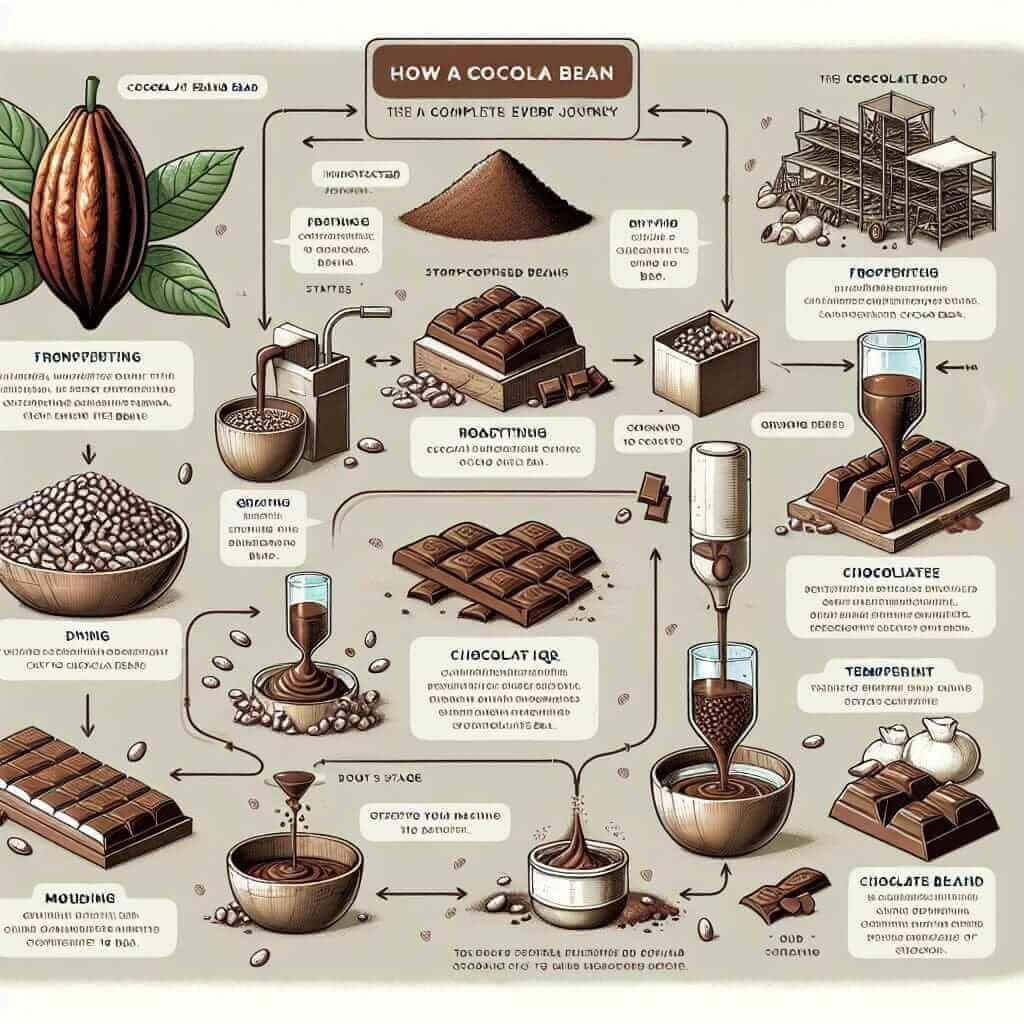Introduction: Mastering Diagram Description for IELTS Success
In the IELTS Academic Writing Task 1, you’ll often encounter diagrams illustrating processes, objects, or systems. Describing these diagrams effectively is crucial for achieving a high band score. This guide, crafted by an experienced IELTS instructor with over two decades of experience, will equip you with the essential skills and strategies to conquer this task.
Understanding IELTS Diagram Description
Your task is to provide a clear, accurate, and objective description of the diagram’s key features and, where relevant, explain any processes involved. You are not required to interpret the information or offer your opinions. Remember, clarity and precision are key.
A Step-by-Step Approach to Diagram Description
1. Analyze the Diagram Carefully
- Identify the type of diagram: Is it a process, a cycle, or a static object?
- Understand the components: What are the different parts, stages, or elements shown?
- Determine the relationships: How do the components connect or interact?
2. Structure Your Response
Paragraph 1: Introduction
- Paraphrase the provided caption to introduce the diagram’s topic.
- Include a clear overview sentence summarizing the diagram’s main purpose or function.
Paragraphs 2-3: Body Paragraphs
- Divide the description into logical paragraphs based on stages, groups of elements, or key features.
- Use cohesive devices (e.g., firstly, secondly, next, subsequently) to guide the reader through the description.
- Use specific vocabulary related to the diagram (e.g., stages, components, input, output).
Paragraph 4: Conclusion (Optional)
- Summarize the overall process or main features. This paragraph is not always necessary for diagrams.
3. Use Precise Language and Grammar
- Use the present simple tense to describe the diagram.
- Employ passive voice where appropriate (e.g., “The water is then filtered.”)
- Use comparatives and superlatives to highlight differences (e.g., “The largest component…”)
- Be mindful of accurate prepositions of place and movement (e.g., through, into, from).
Example: Describing a Process Diagram
Let’s examine a sample IELTS process diagram:

Model Answer:
The diagram illustrates the process involved in the production of chocolate, from the initial harvesting of cocoa beans to the final packaged product.
The process commences with the harvesting of ripe cocoa beans from cocoa pods grown on cocoa trees. These beans are then fermented and dried before being transported to a factory for further processing. At the factory, the beans are roasted and the outer shells removed. The inner part, known as the nib, is ground into a thick paste called chocolate liquor.
Subsequently, the chocolate liquor is pressed to separate it into cocoa butter and cocoa solids. These two components are then mixed with sugar and other ingredients, such as milk powder, to create the desired chocolate flavor. The chocolate mixture is then conched, a process of prolonged mixing and heating, to enhance its texture and flavor. Finally, the chocolate is tempered, molded into various shapes, and packaged for distribution.
Tips for Success
- Practice regularly: Familiarize yourself with different diagram types.
- Expand your vocabulary: Learn topic-specific terms (e.g., manufacturing, biological processes).
- Focus on clarity: Use clear and concise language to convey information accurately.
- Proofread carefully: Check for grammatical errors and vocabulary mistakes.
Conclusion
Mastering the art of diagram description is an achievable goal with focused practice and the right strategies. By following this guide, you’ll be well-prepared to confidently tackle any diagram that appears in your IELTS Academic Writing Task 1 exam. Remember, clarity, accuracy, and a systematic approach are the keys to success.